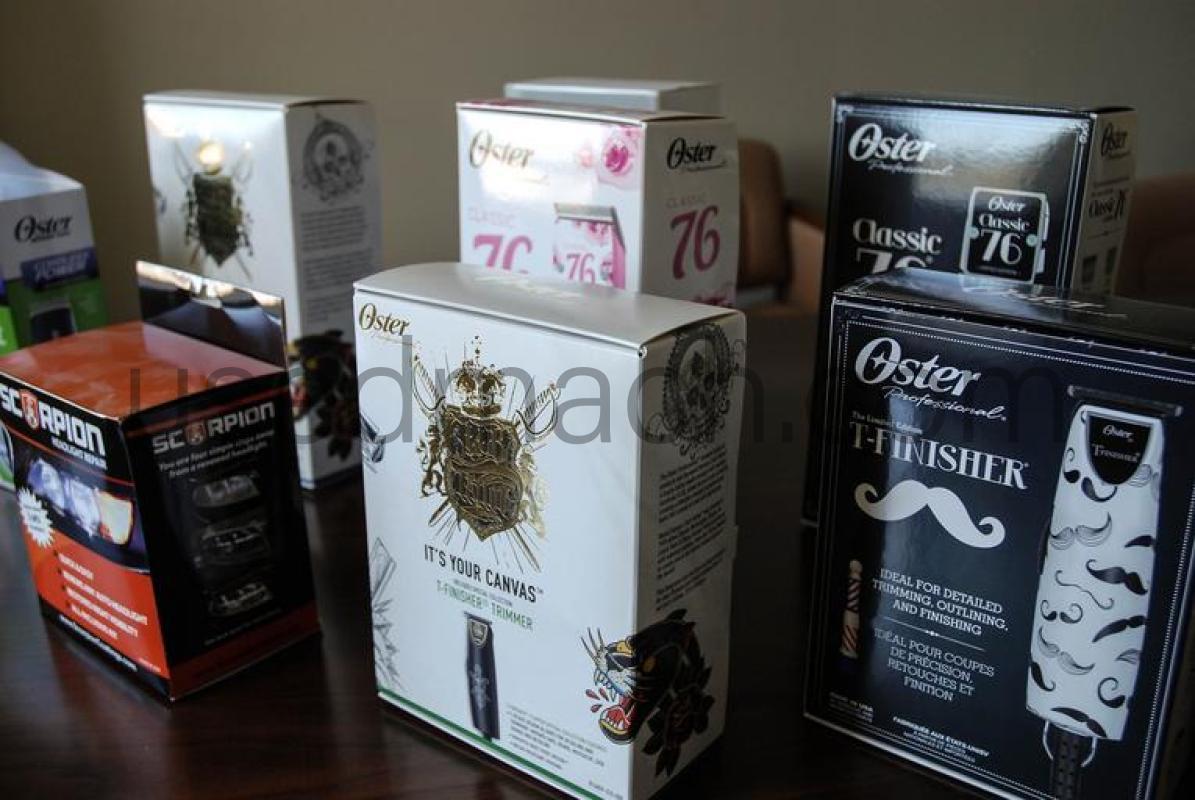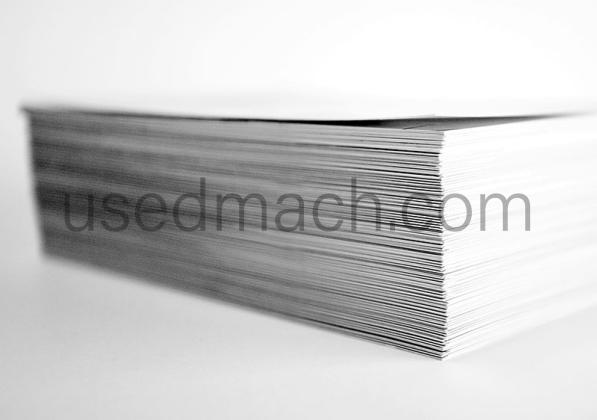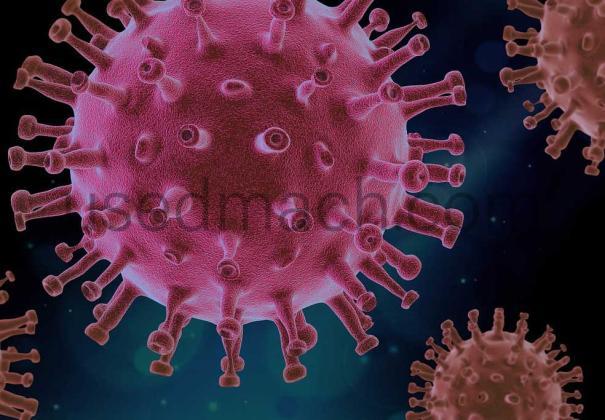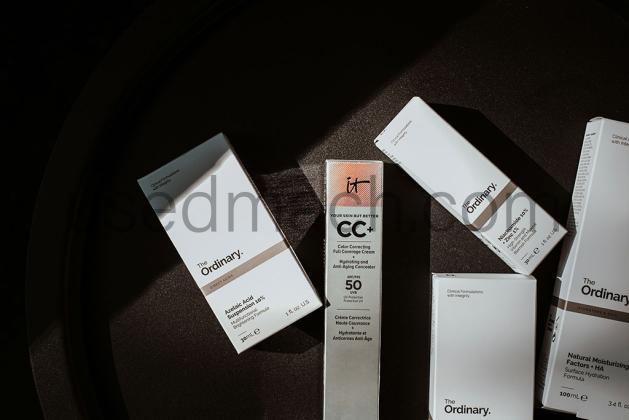Medical blister boxes are a sterile barrier system and a life barrier. The selection of packaging materials, structural design, mold selection, process molding, environmental control, quality monitoring and packaging verification are all crucial.
1. Raw material selection
The selection of raw materials is the foundation for ensuring quality. From particles to blister products, its requirements are much higher than food grade and industrial grade. The selection of medical grade blister boxes must meet the requirements of ROHS, and meet the requirements of ISO10993 "Biological Evaluation of Medical Devices" and ISO11607 "Packaging of Terminally Sterilized Medical Devices" to achieve a complete sterile barrier system and microbial barrier function. At present, my country produces a wide variety of food packaging materials, good and bad, and there are many safety hazards. In particular, industrial PVC replaces PETG, RPET replaces APET, etc. After high-temperature molding and sterilization, a large amount of harmful substances will be precipitated, containing carcinogens. As a result, the original life-saving equipment eventually became a "killing" weapon. Therefore, we must carefully choose materials. At present, medical PETG mainly includes Yishiyan 6763 and SK S2008.
2. Structural design
Before design and development, comprehensive factors such as raw material selection, packaged equipment, sterilization method, and clean opening by medical staff should be fully considered. And it is necessary to ensure that the sterilized medical device packaging can maintain the sterility level during the validity period. Therefore, details such as the design of edge width, hand tearing position, buckle position, etc. need to be considered in the design stage.
3. Mold selection
Medical blister boxes use aluminum alloy molds. Aluminum materials are also divided into many types, but in terms of the overall mold processing accuracy and various performances, 6061 is a better aluminum material. Many blister box molds on the market are also of varying quality, with large price differences. There are many master molds made of gypsum powder with a layer of copper electroplated on the surface. Needless to say, the accuracy and appearance of the finished product, the cleanliness cannot meet the requirements of medical device packaging. The quality of the mold production of the blister box directly affects the finished product details of the blister box, so it is recommended to choose carefully.
4. Risks brought by the production environment
Medical-grade blister boxes need to be produced in a clean workshop of no less than 100,000 grades, and coexist with the IS013485: 2016 system. There are very high requirements for the cleanliness level of blister boxes. (For example, the initial contamination bacteria and insoluble particles of medical blister boxes need to be controlled within a certain level) Especially for the packaging of Class III medical devices. However, the production environment of most blister box manufacturers is far from meeting the requirements, and even the 300,000 grades cannot be guaranteed, which poses a great risk.
5. Molding equipment
A customer once asked the difference between a positive and negative pressure integrated molding machine and a negative pressure molding machine? Generally speaking, experienced manufacturers know that positive and negative pressure machines are mostly used in the food packaging industry because of their large output, single structure, and high efficiency requirements. Although some food trays feel hard to the touch, the product's impact resistance is relatively poor and it is easy to produce stress deformation. A bigger risk is that due to its pursuit of efficiency, although the punching section has a heating knife, it is still inevitable that the cutting edge will fall off, and the dissolved matter in the molding process and the dust caused by the chain piercing the material may fall directly into the shell, resulting in poor appearance. In addition, because it is automatically stacked after production, it is easy to cause scratches. These are difficult to detect through the light inspection table. If the automatically stacked products are disassembled for full inspection, it is easy to cause secondary scratches that affect the quality. As we all know, the characteristics of medical device packaging are that there are many varieties, small quantities, but extremely high requirements, and attention to detail control and risk prevention. The negative pressure molding machine is highly flexible, and the upper and lower molds are also very convenient. The key point is that personnel monitoring during the process can reduce the occurrence of many defects. Therefore, it is still quite different from the molding conditions of food packaging.
6. Packaging verification
As mentioned above, there are strict regulatory requirements for performance tests from the biocompatibility of raw materials, physical and chemical properties, sterilization adaptability, heat sealing performance with cover materials to transportation methods. A complete medical packaging validation program should include but not be limited to:
Bacteria barrier test
Toxicology test
Peel strength test
Leakage test
Initial contamination bacteria and particle detection
Aging test
Sterilization residue and sterility test
Stacking and transportation simulation test






